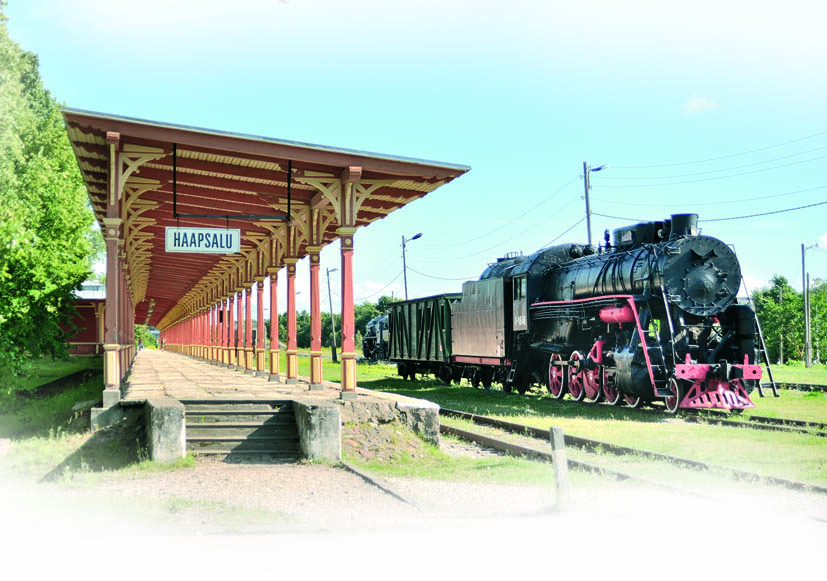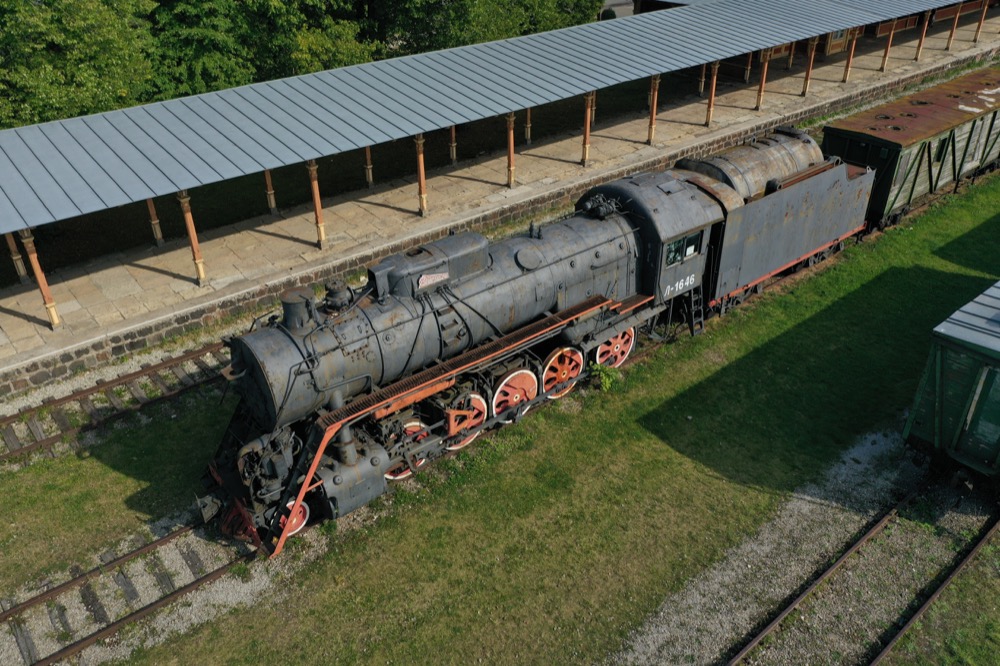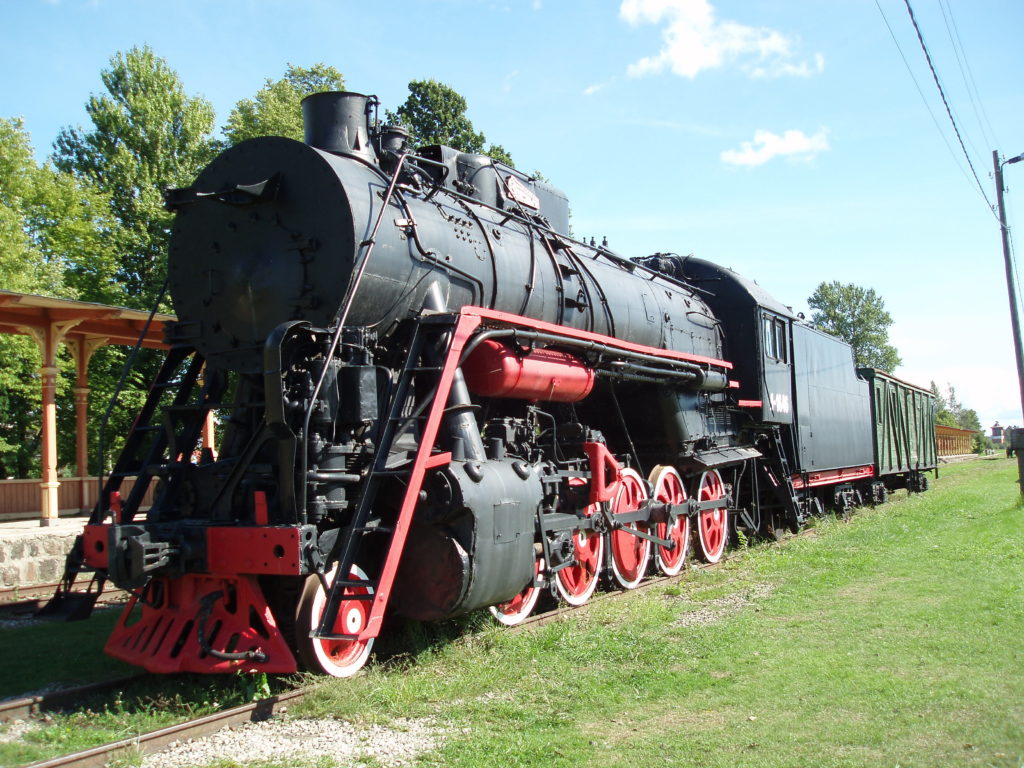
The steam locomotive L-1646 (Л-1646) was constructed at the Kolomna Locomotive Works in 1951, transported to the Yegorshino depot at Sverdlovsk Railways and from there to Nadezhdinsk. In 1953, the locomotive was transported to Siberia, where it operated at the Krasnoyarsk and the Bogotol depot. In 1961, it was included in the strategic reserve of the Ministry of Transportation of the USSR, transported to North Caucasus and from there to Kirovabad, Azerbaijan. The locomotive was brought to Estonia in March 1967 and it stayed at the Valga locomotive base for nearly 25 years. Since 1993, the locomotive operated as a mobile boiler in many sites of the Tallinn railway junction. The kilometrage of the L-1646 steam locomotive is 2,041,830 kms. On May 8, 1998, the fully functioning locomotive was brought to Haapsalu to be exhibited at the Railway Museum. It has a P33-type tender, built in Bryansk in 1948, that originally belonged to the locomotive L-1039.The class L steam locomotive (Л, initially the P32 `Pobyeda`, Victory) was designed in 1945 at the Kolomna Locomotive Works. In 1947, the P32 class was renamed L after its chief designer, L. Lebedyanski, and got the nickname Lebedyanka. From 1945 to 1955, a total of 4,200 locomotives of class L were produced at the Kolomna, Bryansk, and Lugansk Works. A functioning engine with a full tender weighed 181 tonnes. The boiler of the locomotive could produce up to 16 tonnes of steam per hour; its maximum power was 2,125 hp and maximum speed 80 km/h. In Estonia, these locomotives could haul freight trains weighing up to 2,800 tonnes. In 1963, when all freight traffic on Estonian broad-gauge railways was planned to be motorised, the whole broad-gauge freight locomotive fleet was instead replaced with used heavyweight steam locomotives of class L. They were used for freight transport on local broad-gauge railways until motorisation in the early 1970s, when there were 66 such engines in Estonia. By 1991, 32 class L locomotives remained in Estonia.

